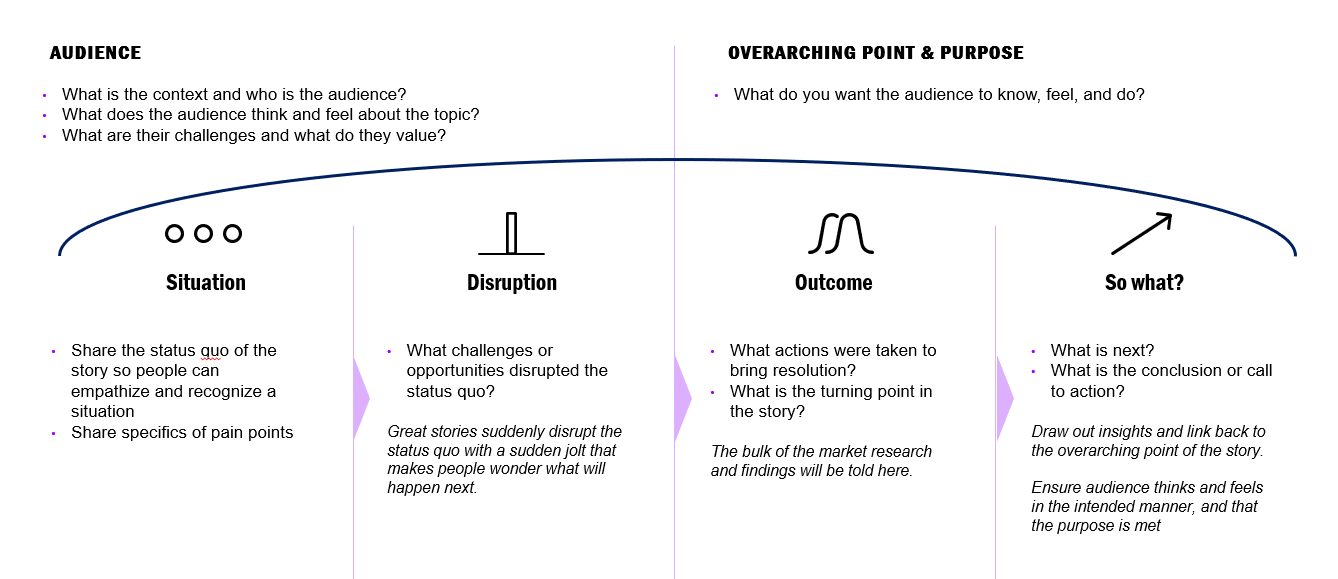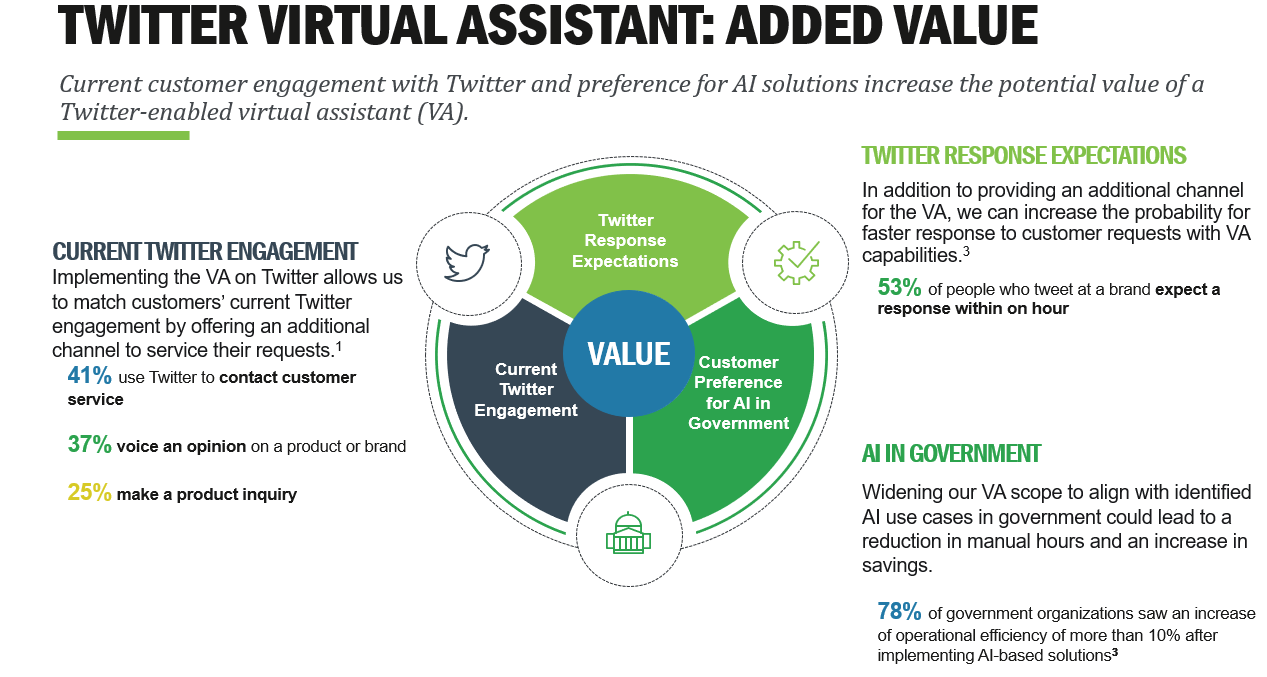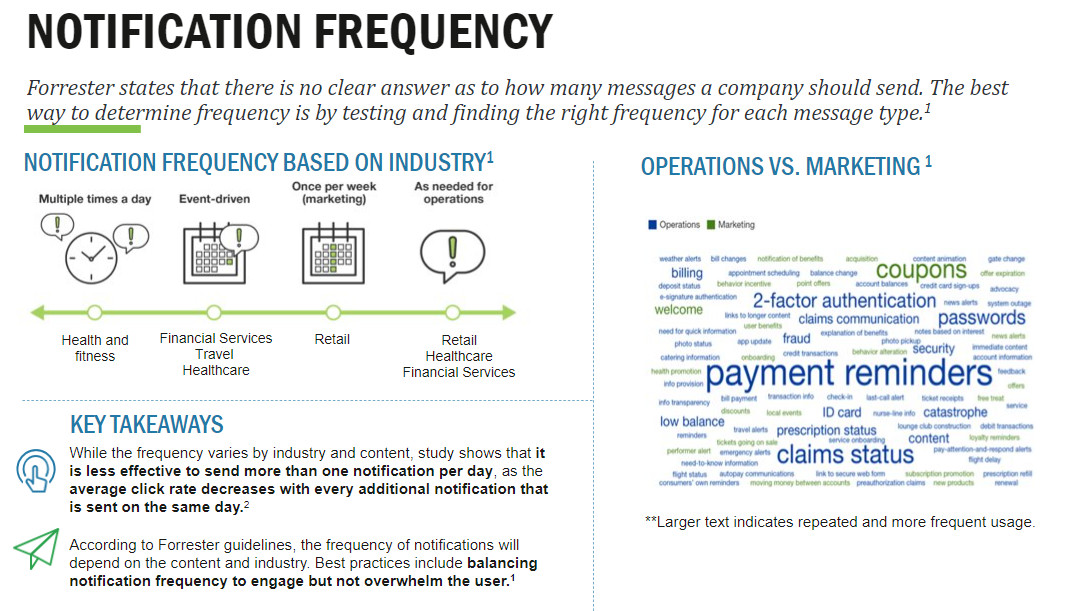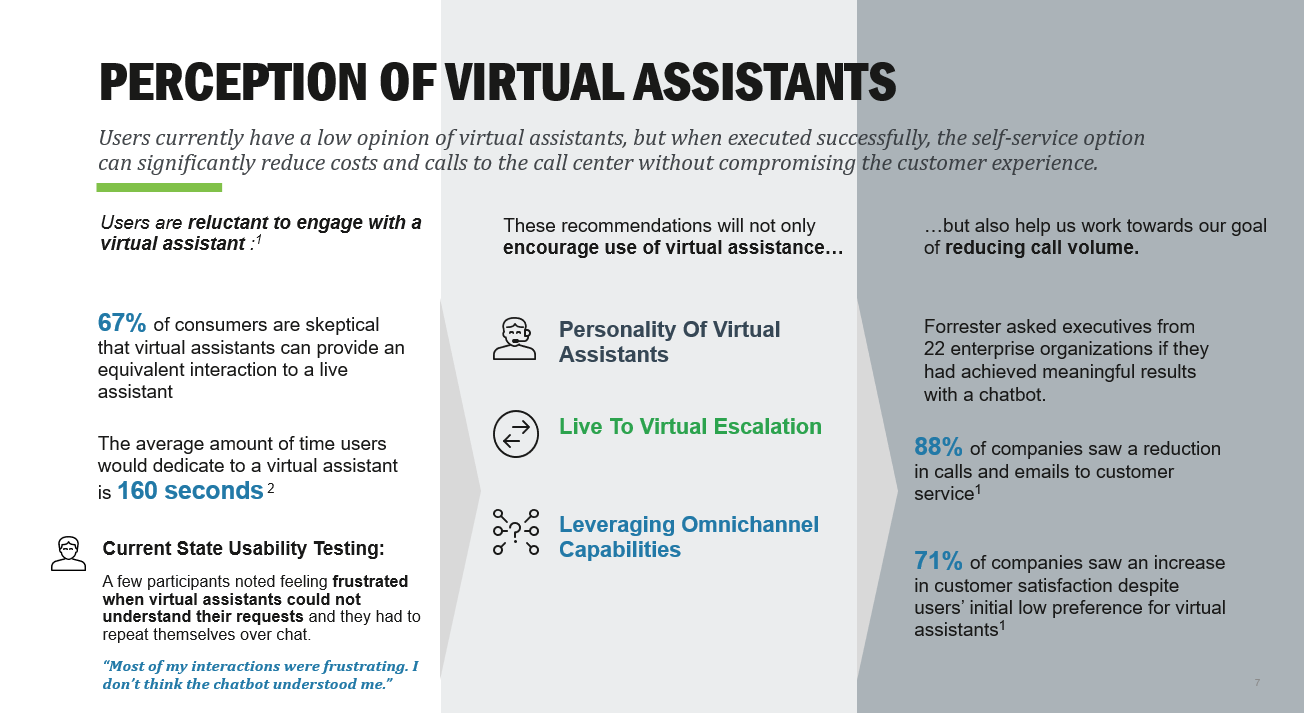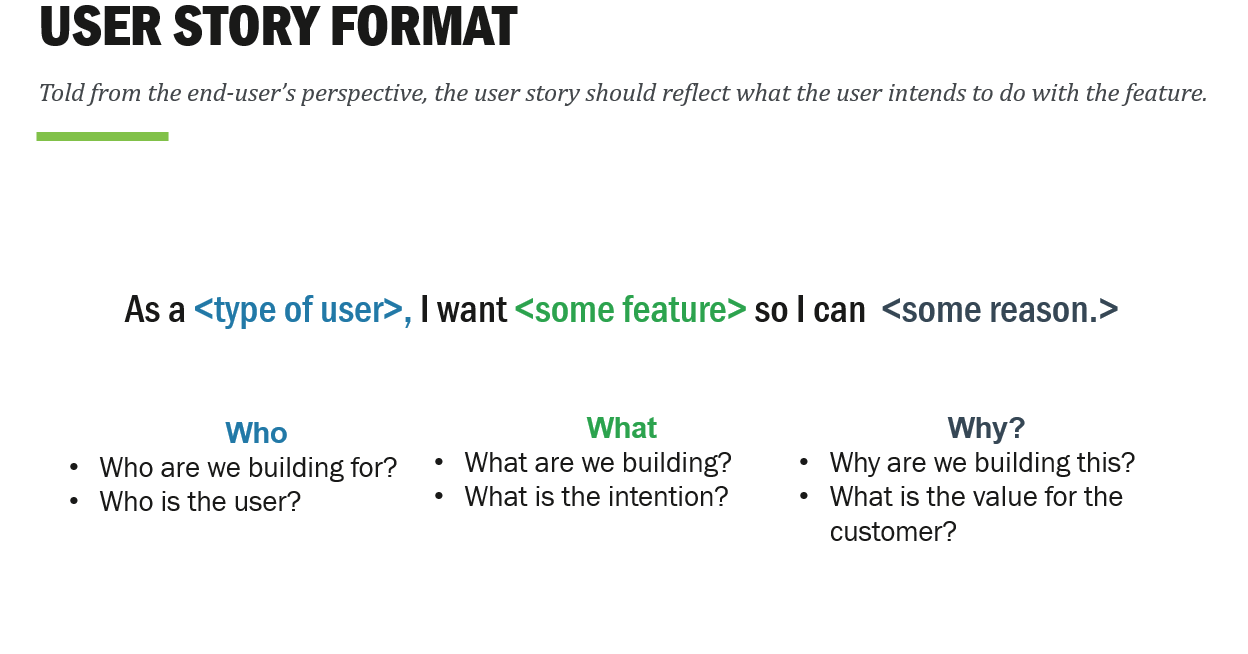
Industry + Product Research Case Study
Project Snapshot
The client sought Accenture’s help to create a flexible, world-class financial platform and digital toolkit to support over 40M customers. Additionally, in the spirit of continuous improvement, the client wished to identify future-state solutions for the digital toolkit, which is comprised of 9+ features that help customers make informed financial decisions .
Challenge
Over the course of a year, conduct industry and product research to create a target state vision map that includes new and improved concepts for the digital toolkit, consisting of 9+ features.
Role
Lead UX Researcher + Storyteller
Methodology
Market analysis + benchmarking, consumer insights, usability testing, focus groups
Product Snapshot
Below includes features from the digital toolkit, which aims to improve customer outcomes by making it easy for all users to engage with our client’s programs and services. As part of my role, I conducted an in-depth analysis on each feature to ensure the user experience allowed customers to complete tasks, such as making payments on their loans. We also worked on increasing financial literacy at key moments during the customer journey. I was responsible for helping the team plan research and design activities, cross-collaborating with other teams, producing recommendations for improvements, and overseeing product roadmapping efforts.
Process Overview - From Discovery to Delivery
For each feature, I worked in three-week sprints while collaborating with the client at every stage—involving them in brainstorming and concept development, usability testing, and user research readout sessions. I also regularly worked with design, functional, engineering, and data teams to develop and validate my final recommendations.

In the subsequent sections, I will review the three key steps I took to create a target state vision: Discover, Describe, and Deliver.
-
Discover
Gather relevant information by asking powerful questions and conducting deep research to understand client challenges and opportunities.
-
Describe
Combine human-centric qualitative findings with quantitative analysis to provide accurate and relevant insights.
-
Deliver
Produce a tangible and digestible readout outlining the execution of the strategy, which will become the first step to transformation.
Discover
During the initial kick-off with the client, I try to learn much as we can from our client about their products, customer needs, pain points, and expectations. By hosting design thinking sessions with client leadership and other key stakeholders, we could identify and prioritize key issues, break down large ideas into manageable sprints, and build feasible roadmaps and capabilities.
From these design thinking sessions, we eliminated any ambiguity surrounding our client’s vision and created a research schedule with prioritized products and processes to enhance. I was able to work my way through the list, creating separate research questions and objectives for each product. Success criteria for research outcomes include internal alignment on questions, feature scope, and cross-workstream impacts.
Discovering Client Pain Points
Decentralized Information
Our client offered significant information and tools online, but it was spread across 18+ websites, making it difficult for customers to complete important tasks and find answers to their questions.
Multiple Websites
Customers must currently manage different tasks (i.e. making loan payments) through separate websites. However, they do everything else, (i.e. apply for loans, online counseling) through the client’s homepage. There is a major need to consolidate and simplify the customer experience by allowing them to complete tasks on one platform.
Lack of Financial Literacy
Customers had defaulted on their loans, and therefore, it was crucial to increase their financial literacy so they could make more informed decisions and avoid burdening debt.
Inconsistent Branding
Language and visual aspects of the brand were inconsistently applied across the clients’ websites and did not follow the most recent brand guidelines. In addition, our clients’ partners used their own branding which further confused customers.
Discover:
Research Topics
As a starting point for our kick-off, I brainstormed initial research topics that had been developed in collaboration with multiple functional teams.
Industry Best Practices and Tools
What are some industry tools that increase transparency around financial well-being?
What are industry best practices for educating customers about credit checks?
What are industry examples of SMS-based chatbots in financial services?
What are the industry best practices and tools for making payments through an intermediary and incentivizing use of a payment portal?
Consumer Behavior and Task Completion
Are customers receiving the desired information from our tools?
How might we evaluate the value impact of the tools in comparison with others in the financial and insurance industry?
How might we create a frictionless payment process?
By encouraging cross-collaboration, we ensured the outcomes of our user research would benefit all key stakeholders.
Digital Self-Service
How can we make self-service options highly usable and discoverable?
What are methods for promoting self-service options?
What are customer expectations for filling out both application and “Contact Us” forms?
Branding and Communications
How might we better leverage our social media channels?
How can we make our language more approachable to customers?
How can we implement customer feedback to improve dialogue flows?
Discover:
Customer Research Methodology
Customer research focuses on understanding user behaviors, needs, and motivations through industry research, user observation, task analysis, and other user feedback methodologies.
Market Research Groups + Key Competitors
I kick off our research process by compiling existing market research on our client’s industry, competitors, and key customer and digital trends. We often cite Gartner and Forrester as sources, and their work often leads to key insights and recommendations that remain unique to our client’s situation and their digital tools. Our team also sees value in learning about our direct competitors’ present circumstances, including any recent acquisitions, press releases, or accomplishments.
Industry + Consumer Advocacy Groups
Our client nests within both financial services and the public sector, and as a result, tracking policy and customer sentiment has become a crucial input for our recommendations. Please see here for more information our policy tracking and communications strategy.
Existing Feedback Surveys
Through our client’s customer service channels, we accessed existing customer feedback surveys provided to customers after their inquiry had been resolved either through the contact center or online. Using these surveys, our goal was to to capture the voice of the customer and ensure our product and industry research recommendations could directly improve our client’s customer experience.
Usability Testing
Usability testing was our most common way of gathering user input. I would evaluate the client’s product or service by testing it with our customers. Often, participants will try to complete typical tasks while I observed, listened, and took notes. The goal of our usability testing is to optimize and strive to deliver the best user experience possible.
Stakeholder Interviews
I met with stakeholders one-on-one or in small groups to discuss the in-depth experience of the stakeholders, project-relevant information, and organizational context. Stakeholders have knowledge, wisdom, and insight that helped us craft and tailor our customer research.
Guerilla Testing
In addition to conducting usability testing and stakeholder interviews, I also employed guerilla testing techniques to quickly confirm and reemphasize some of our initial findings with usability testing. With guerilla testing, we were able to approach participants who may not have been familiar with our client or products — providing us key insight into their initial understanding of our proposed designs and solutions.
Describe
Once our client had signed off on our research topics, I quickly spent the next week learning as much as possible about the product, industry, and related customer behaviors. By the end of my research period, I was able to identify market drivers and user expectations to position our client for impactful enhancements.
Crafting the Story
After gathering our research, I spend the next few days working to identify rich insights about customers’ expectations for products in the market and industry trends for the coming years. As a design strategist and storyteller, I focus on translating customer behavior, trends, and events into industry competitive advantage and value propositions to determine our client’s next steps.
As I begin to create our story, my focus remains on discovering the “why” behind behavior and motivations and ultimately document the “so what.” I created the storytelling process diagram below as a reminder to myself and my team about the purpose behind our stories.
Describe
What We Discovered
After gathering our research, I spend the next few days working to identify rich insights about customers’ expectations for products in the market and industry trends for the coming years. As a design strategist and storyteller, I focus on translating customer behavior, trends, and events into industry competitive advantage and value propositions to determine our client’s next steps.
As I begin to create our story, my focus remains on discovering the “why” behind behavior and motivations and ultimately document the “so what.” I created the storytelling process diagram below as a reminder to myself and my team about the purpose behind our stories.
Discover:
Examples of Key Findings
As we near the end of my research, my team aims to create presentations with clear stories and structure.
Omnichannel Preferences
Today’s customers expect a seamless, integrated, consistent and personalized experience with their service providers
A fully integrated response to these new customer requirements will need to be both customer-driven and omni-channel in nature
Sharing information among all customer service channels offers an opportunity to further improve the customer experience
Notifications and Information Awareness
Users appreciate notifications that are location-specific, encourage or excite them, make tasks easier, keep them up-to-date, and enable them to pick up where they left off
Customers have a higher threshold for receiving push notifications than emails before unsubscribing, a recommended cadence is to send push notifications on a weekly basis and email notifications on a monthly basis
Not all users prefer to receive progress updates in the same way. Allow users to change or add their contact information and to select frequency of updates
Over the course of the year, I documented 350+ findings, vetted by both market research and usability testing. Examples of key findings display a range of topics our team has explored in order to create a target state vision map.
Digital Self-Service
Users have a strong desire for self-service options and by offering customers a chatbot as a self-service tool, our client can increase user engagement and deflect call volume
Participants in our usability testing noted feeling frustrated when chatbots could not understand their requests and they had to repeat themselves
To reduce frustration and improve customers’ perception of chatbots, industry experts recommend defining the chatbot’s purpose and audience and map out scenarios to identify triggers where virtual-to-live escalation paths are necessary
Branding and Communications
As most social media platforms have started to explore using chatbots (Apple, Twitter, Facebook), our client could also ensure their social media channels provide a means of accessing their chatbot
More companies are incorporating social media listening in their communications strategy. Social media listening involves pulling data from all social media platforms to see how customers are interacting with the business, but companies do not necessarily respond or acknowledge customers’ requests
Examples of Client Readout
As we near the end of my research, my team aims to create presentations with clear stories and structure. Often, our research findings culminate into a 30+ page readout with findings and recommendations for clients to contemplate. Below are examples of key findings from various research projects I led.
I created this slide to demonstrate the potential added value of enhancing our client’s presence on Twitter through their Virtual Assistant (chatbot).
Example of research slide from our Twitter-Enabled Virtual Assistant readout.
I created this slide in response to our client’s question:
“How frequently should we be notifying our customers?”
Example of a research slide from our Notifications readout.
I created this slide to demonstrate both the industry and personal value of implementing a virtual assistant as a viable self-service option for our client’s customers.
Example of a combined market research and usability testing slide from our Virtual Assistant readout.
Final Client Recommendations and User Stories
Throughout our research process, I made sure to include our clients in research synthesis meetings and usability testing sessions—therefore, by time we met for our final review, our client was already well-versed in both our research and subsequent recommendations to enhance their digital toolkit.
Once our client has ample time to review our recommendations, I start translating our recommendations into actionable user stories to pass along to our functional and development team for approval.
I created training materials to provide my peers with a user story format that would ensure they were well-written and practical. Many of our findings were combined or amended for additional specificity, and in total, we were able to create 200+ actionable user stories for the development team to incorporate into releases.
